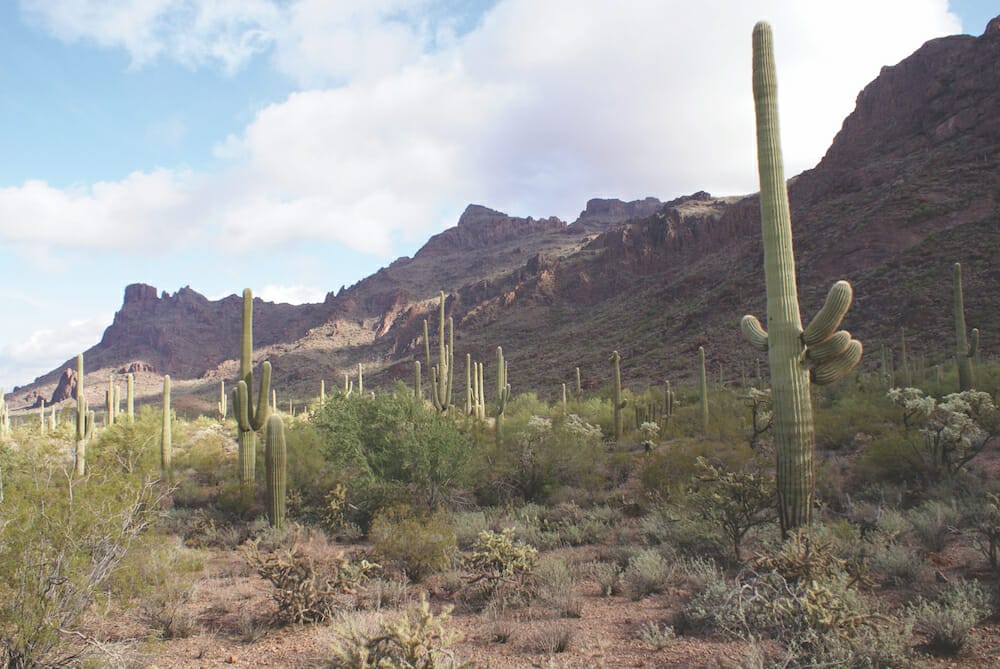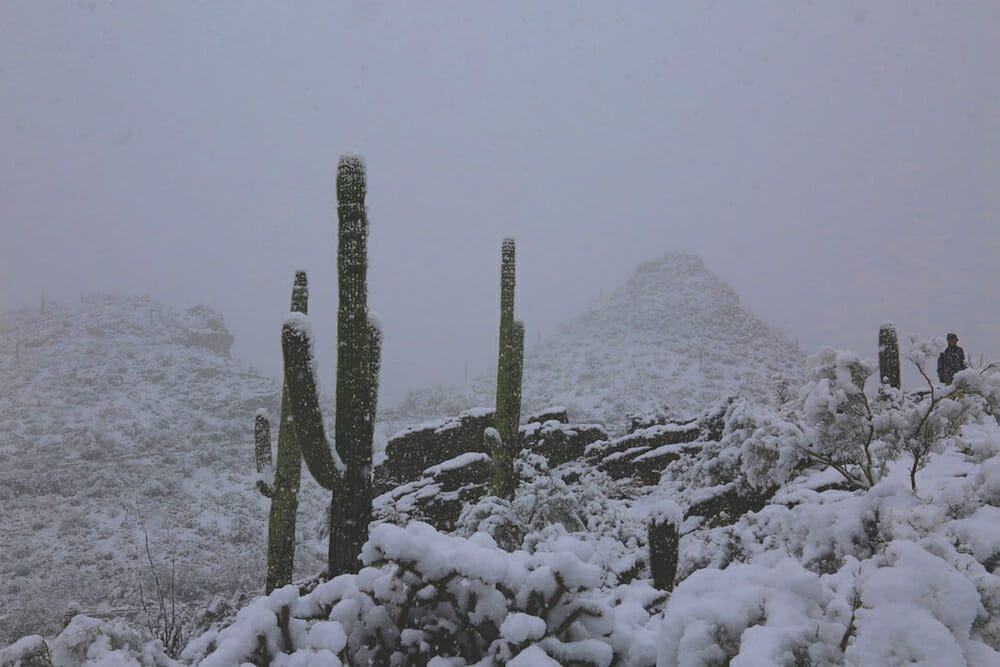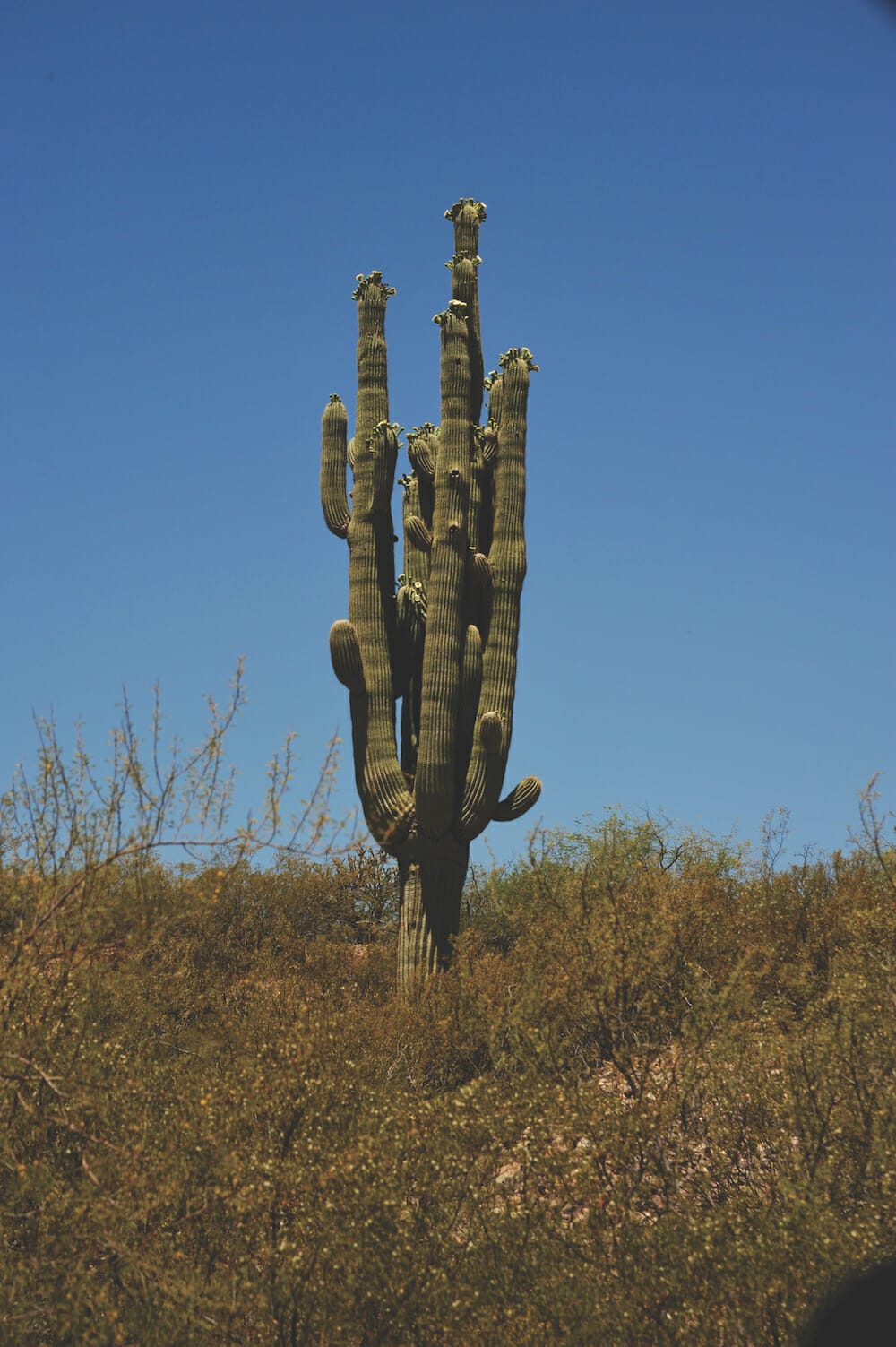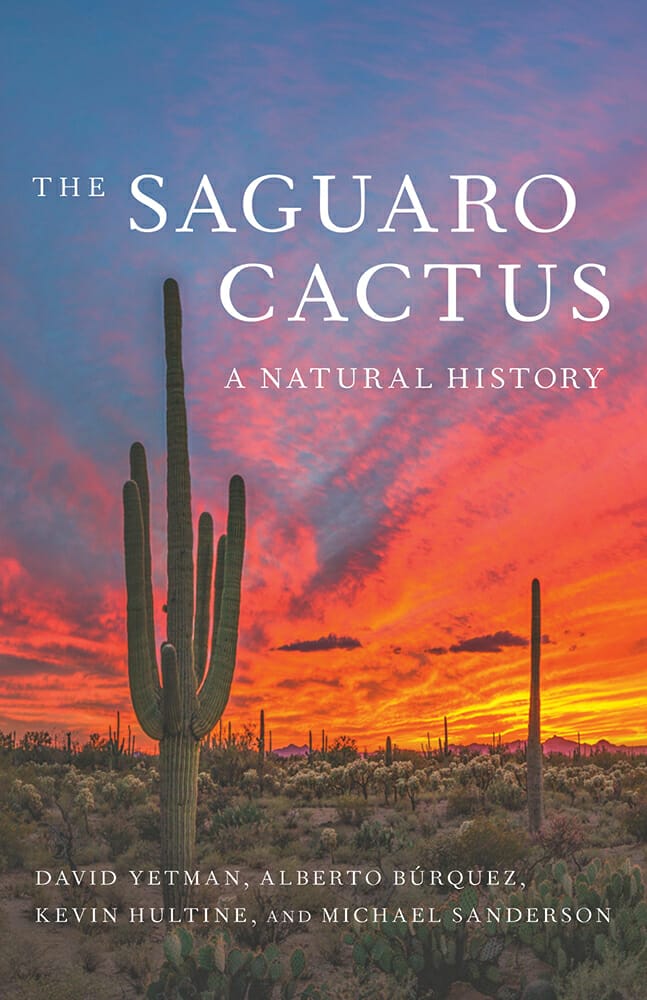Click here to read more Picture This Post reviews of HIGHLY RECOMMENDED books
The saguaro cactus a fascinating creature, a charismatic and familiar emblem of the American Southwest, with arms upstretched heavenward— and also one of the most studied plants in the world...
In addition to its botanical and ecological characteristics, it plays an important role in the native cultures of the Sonoran Desert, its homeland.
SAGUARO CACTUS: A NATURAL HISTORY is for all who love the desert, who are in wonder of these giants, and who want to know how they tick, how they fit in with their cacti companions, and their role in support of the indigenous O’odham population.
A quick look at its six chapters is helpful:
Chapter 1. A Saguaro Primer: Cargegiea gigantea in History, by David Yetman. This short chapter immerses you into the lore of this magnificent plant, its discovery, its history, and how it’s been perceived over the years. A lot of fun, in this reviewer’s opinion, and gripping with romanticism, it’s a perfect intro into the Saguaro world!
Chapter 2. CACTACEAE, by David Yetman and Alberto Burquez, brings you deeper into the world of cacti in general, providing an overview that puts the Saguaro into perspective. You learn, for example, that those intimidating spines are actually leaves, and that cactuses store huge amounts of water.
Chapter 3, ECOLOGY OF THE SAGUARO is by the same authors, but now it’s Burzuez and Yetman. Now you learn the boundaries of their homelands, and why, and how their territories grow (or not) with their reproductive cycle.
Chapter 4, ANATOMY AND PHYSIOLOGY OF THE SAGUARO, by Kevin Hultine. “Giant cacti are among the most charismatic plants on the planet in terms of their physiology and morphology, and are widely regarded for their cultural, economic, and ecological value.” So begins a chapter that first appeared to promise a dry, technical treatise, but is anything but, in this reviewer’s opinion. A few tidbits: the tough, waxy cuticle, or skin, prevents water loss, and the spines (modified leaves) allow carbon dioxide acquisition for photosynthesis to occur at night, supporting growth, reproduction and survival during hot and dry conditions.
Chapter 5, GENOMICS OF THE SAGUARO, by Michael Sanderson, is all about the genome, the genetic sequencing of the saguaro. Interestingly, plant cells contain three genomes, the nucleus, the mitochondrion, and the chloroplast, which is the smallest and simplest. The mitochondria evolved from bacteria, whereas the chloroplast evolved from blue-green algal ancestors. This chapter shows the saguaro in clear relationships with its cactus cousins.
Chapter 6, ANNUAL SAGUARO HARVEST AND CROP CYCLE OF THE PAPAGO, WITH REFERENCE TO ECOLOGY AND SYMBOLISM, Frank S. Crosswhite. You too may come to think that this chapter alone makes purchase of this book worthwhile! This is a classic piece, written in 1980, and was published without edits by the other writters. Yetman writes in his forward, “…we, the authors, discussed the possibility of composing a more modern or updated discussion of the ethnobotany of the saguaro. After long consideration, however, we concurred that it would be impossible to improve on Dr. Crosswhite’s treatment of the subject. His presentation of the O’odham ethnobotany of the saguaro, as best understood through the harvest and crop cycle, is a model for the study of the cultural importance of plants.”
This small, beautiful book packs a wallop for even casual readers—fully accessible but packed with interesting info. This book should especially be of interest to folks with interests in desert biology, ecology, and ethnography. Scientists will enjoy the book for its rich treatment of the subject, but it is also fully accessible for the educated layperson.
HIGHLY RECOMMENDED.
Nominate this for The Picture This Post BEST OF 2020???
Click Readers' Choice
Vote Securely! Vote Privately! And Make Your Vote Count-- as all voting should be!!
For more information, visit the University of Arizona Press webpage for The Saguaro Cactus, A Natural History.
Photos courtesy of SAGUARO CACTUS: A NATURAL HISTORY Book
About the Author:
Joe Barabe shares that he fell in love with photography when he bumped into The Family of Man exhibition catalog, and then studied photography under photojournalist Martin Huss in Mannheim Germany. He then ran a photo center for the US Army’s Recreational Services. Joe Barabe works as a Scientific Photographer and Research Microscopist specializing in art materials and documents analysis (Barabe & Associates LLC) and now is focusing more on promoting his fine art photography, including the remarkable images you see here. and recently launched his photography website to promote his fine art photography. Please Visit Joe Barabe photography website.








